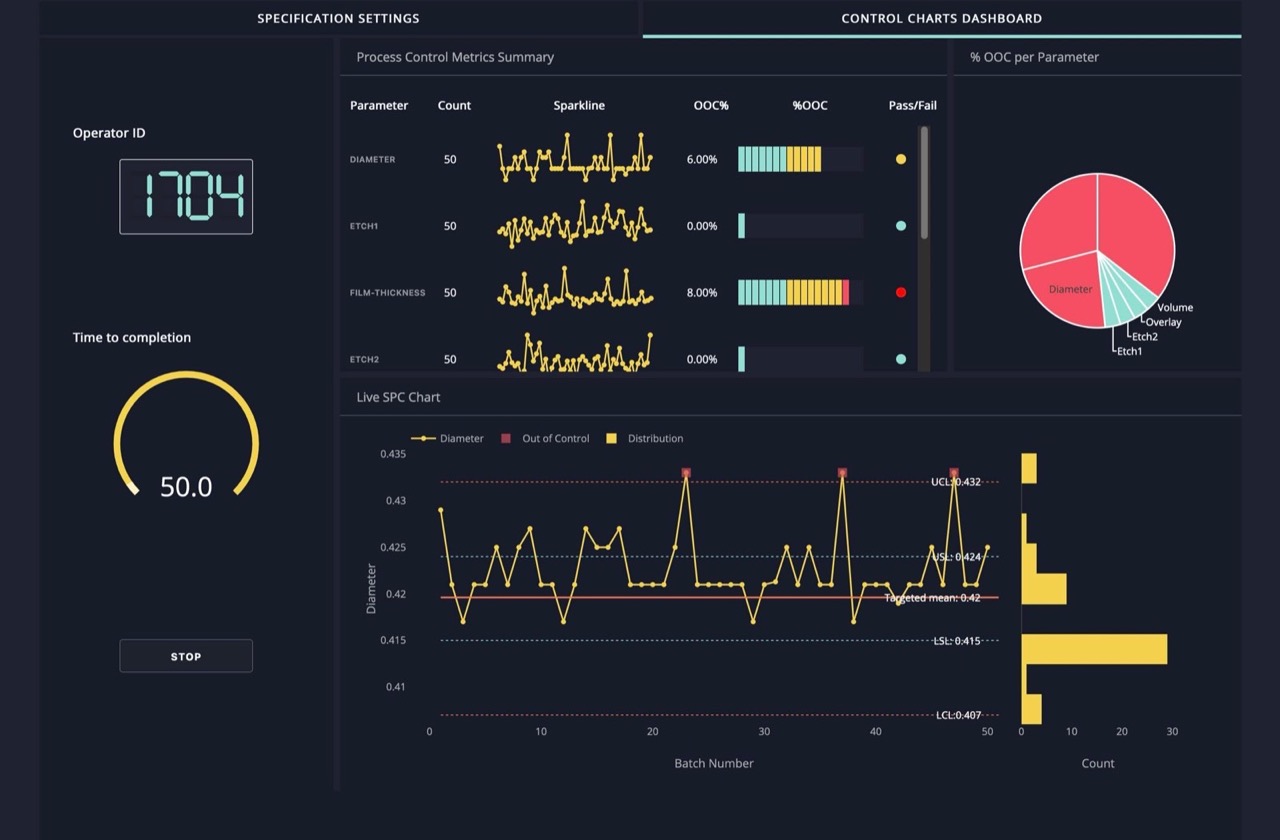Electricity Consumption Optimization
Electricity consumption optimization refers to the process of improving the efficiency of electricity usage in order to reduce overall energy consumption and costs. This can be achieved through a variety of methods, such as using more energy-efficient appliances and equipment, implementing demand response strategies, optimizing building designs for energy efficiency, and adopting renewable energy sources.
In order to optimize electricity consumption, it is important to first understand how energy is being used in a given system or facility. This can be done by measuring and monitoring energy usage patterns and identifying areas of high consumption or waste. From there, targeted strategies can be implemented to reduce energy usage, such as implementing energy-efficient lighting systems or upgrading HVAC systems.

Electricity consumption optimization not only helps to reduce energy costs and environmental impact, but it can also improve the reliability and resilience of electrical systems by reducing strain on the grid and preventing power outages.
There are several ways to optimize electric consumption in industrial settings:
- Conduct an energy audit: An energy audit is a systematic evaluation of your facility’s energy use. It can help you identify opportunities to reduce energy consumption and costs.
- Implement energy-efficient technologies: Replacing older equipment with newer, more energy-efficient models can significantly reduce your energy consumption.
- Use variable speed drives: Variable speed drives allow you to control the speed of electric motors, which can help reduce energy consumption.
- Use power factor correction: Power factor correction involves installing capacitors to correct the power factor in your facility. This can reduce energy losses and improve energy efficiency.
- Implement energy management systems: Energy management systems can help you monitor and control energy use in real-time, allowing you to identify and address inefficiencies.
- Train employees on energy conservation: Encouraging employees to turn off equipment when it’s not in use and to use energy-efficient practices can also help reduce energy consumption.
- Consider on-site generation: On-site generation, such as solar panels or a small-scale wind turbine, can help reduce your reliance on the grid and lower your energy costs.

Buildlink BMC simplifies electricity consumption measurement and management through a hybrid Software-as-a-Service (SaaS) platform with innovative submetering measurement unit. Modern solution help companies to discover energy consumption and cost saving opportunities that will improve their businesses performance.
Learn more